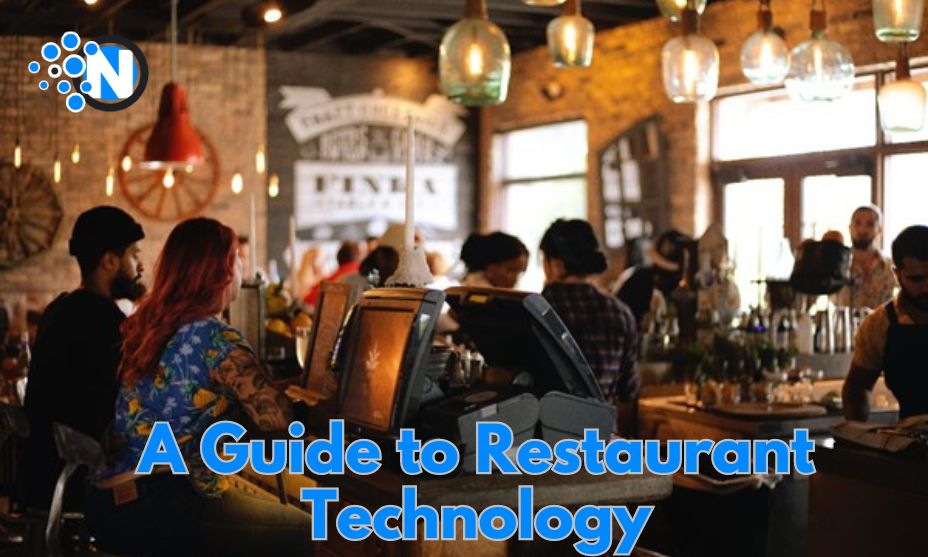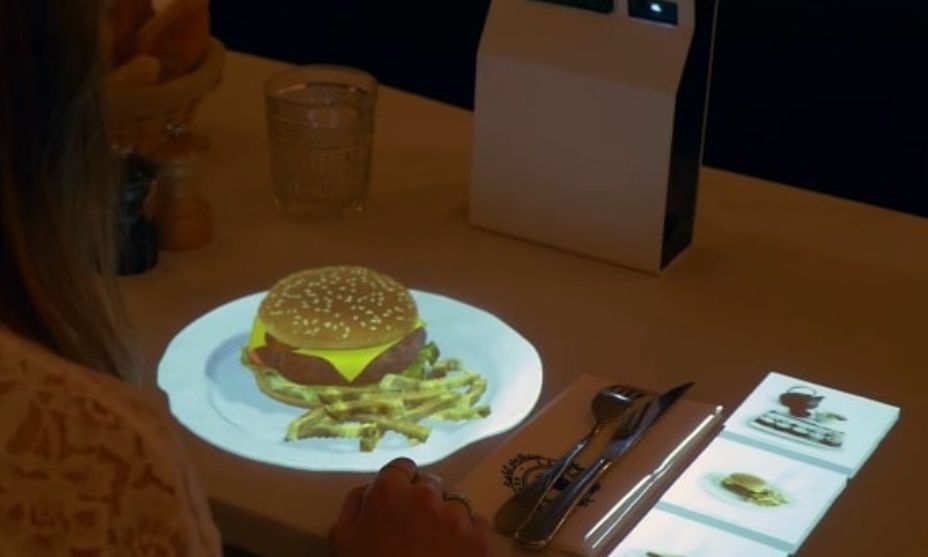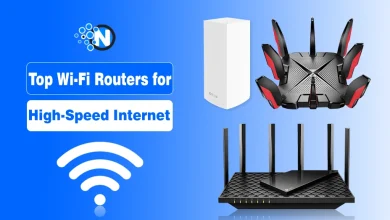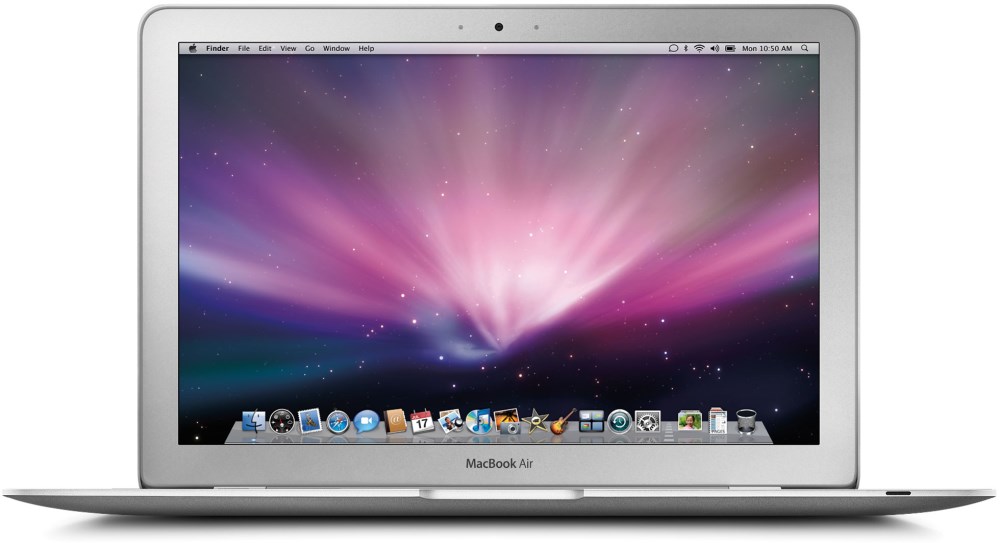Revolutionizing Dining Experience: A Guide to Restaurant Technology

With increased technological sophistication, the restaurant industry is adopting modern approaches to improve customer satisfaction, simplify operations, and augment profitability. This guide will discuss a few of the newest restaurant technologies currently transforming how people dine in the hospitality industry, and their core advantages.
Tableside Ordering and Payment
The days when people wait for servers to bring them menus and take their orders are gone. Tableside ordering systems allow customers to search for menus online, place orders, and even pay their bills using a tablet or other mobile device from where they are seated. They also provide an opportunity for cost effectiveness because they help avoid errors and misunderstandings between the customers and the staff members.
Smart Kitchen Technology
The use of smart technology in kitchens makes any restaurant’s kitchen the heart of its operations as it offers so many benefits. Such sophisticated cooking machines like ovens and grills have the ability to regulate temperature and cook times for optimal conditions, thereby eliminating many possibilities for human error. Also, inventory tracking systems for ingredients should provide live reports to curb waste and food budgets.
Automated Kiosks
Automated kiosks are becoming a popular automation option in different types of restaurants. These are self-service machines, whereby, customers can place their orders as well as pay without needing to interact with personnel. For restaurants to be efficient when it comes to ordering and reduce queues, it implies customers will spend less time waiting hence a pleasant environment and more sales. One solution for restaurants looking to adopt this technology is the self-order kiosk app, which offers an easy-to-use interface for customers and improved workflow for staff members.
Environmental Initiatives
Many restaurants are adopting environmentally-friendly practices through the use of technology to minimize their ecological footprint. For example, some establishments utilize energy-efficient lighting, heating, and cooling systems to conserve energy and reduce costs. Moreover, digital menus and receipts can ultimately lessen paper waste, promoting a greener dining experience for customers.
Customizable Loyalty Programs and Apps
Offering a customizable loyalty program through a restaurant’s mobile app is a smart way to encourage repeat customers, boost sales, and provide tailored promotions to diners. This approach allows patrons to accumulate points or rewards for every visit, redeemable for special offers or discounts. Additionally, the app can serve essential marketing functions by notifying users of new menu items, special events, and other updates, making it an essential tool for enhancing the overall customer experience.
Read Also: Key Benefits of Digital Inventory Management for Restaurants
Augmented Reality and Virtual Reality
Restaurants can now offer unique and immersive dining experiences with the help of augmented and virtual reality technology. Augmented reality (AR) overlays digital elements onto real-world environments, enabling customers to visualize menu items in 3D before placing an order. Virtual reality (VR), on the other hand, can transport diners to new environments altogether, potentially pairing the meal with a complementary visual experience. These technologies bring an entirely new dimension to the concept of dining out, leaving a lasting impression on customers.

Artificial Intelligence and Chatbots
Artificial intelligence (AI) and chatbots have started to make their mark in the restaurant industry, offering personalized customer service and support through messaging platforms and websites. These chatbots can assist customers with various queries, such as menu recommendations, allergy information, and table reservations, providing a seamless and easily accessible service. As a result, customer satisfaction and engagement levels are further elevated by quickly addressing concerns and reducing the workload on human staff members.
Data-Driven Personalization
Modern restaurants leverage data analytics to offer personalized experiences that cater to each customer’s preferences and dietary requirements. By tracking customer purchase history, restaurants can offer targeted promotions, recommend menu items, and even tailor a menu to individual tastes. Through the effective use of data analytics, eateries can not only enhance the dining experience but also strengthen customer relationships and improve customer retention rates.
Mobile/Tablet-based POS Systems
As technology increasingly makes its way into the restaurant industry, mobile and tablet-based point-of-sale systems have gained considerable popularity. These wireless systems offer greater mobility and flexibility, enabling staff members to take orders and process payments more efficiently from anywhere within the restaurant. As a result, labor costs are reduced, while customer satisfaction is increased thanks to quicker transaction times and enhanced order accuracy.
Reservations and Booking
The dining experience begins before customers even set foot in a restaurant. In the past, making a reservation often involved calling the restaurant during business hours, possibly experiencing long wait times, and the occasional human error. Today, technology has streamlined the reservation process, making it more convenient for both customers and restaurant staff.
Online reservation systems allow customers to browse available tables, view menus, and select their preferred reservation times with just a few clicks. This not only makes it easier for diners but also provides valuable data to restaurants. They can better predict demand, optimize their table turnover, and manage staff efficiently, leading to a more seamless dining experience.
Augmented Reality and Virtual Reality
The integration of AR and VR technology is taking dining experiences to new dimensions. AR overlays digital information onto the real-world environment, while VR immerses diners in entirely virtual environments.
For example, some restaurants use AR apps to provide diners with interactive, multimedia menus. As customers scan a menu item with their smartphone or tablet, they can view 3D representations of the dish, watch videos of the preparation process, and read reviews or nutritional information. This not only enhances the dining experience but also increases engagement and provides valuable marketing opportunities for the restaurant.
Conclusion
These latest restaurant technologies give businesses a competitive edge, transforming the way they operate and elevating the overall dining experience for customers. By embracing these innovations, restaurateurs can cater to modern diners’ heightened expectations and thrive in today’s increasingly tech-driven world.




